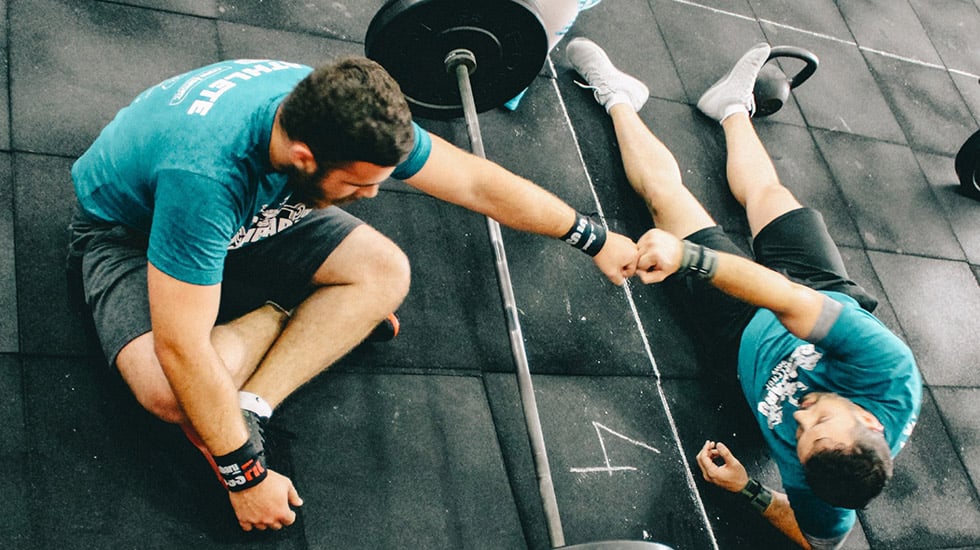
- Why SubItUp?
- Products
SHOP BY SOLUTIONSSHOP BY ROLESHOP BY SOLUTIONS

Our integrated platform combines workforce scheduling and project management to efficiently distribute tasks, access labor and offer real-time reporting and insights.

Compatible with any of our offerings, our AI digital worker can manage team coordination, data-driven decision-making, best practice operational improvements, and accelerated project timelines that redefine efficiency.
SHOP BY ROLE - Industries
SHOP BY INDUSTRYVIEW CASE STUDIESSHOP BY INDUSTRY
- Pricing
- Learn
- Partners
Four Things To Do When You Open Your Wellness Center Back Up
Zach Watson
April 2, 2021

Wellness and campus recreation facilities offer many benefits to students, staff and faculty on-campus. From the community benefits, to the ability to recruit and attract students and student-athletes, to the financial benefit of membership, campus recreation and wellness centers are a sense of pride for institutions of higher education.
But with COVID, they've been sitting dormant. As the country eyes re-opening, many centers are working hard to figure out the new normal and what being open will look like for them. Athletic Business recently covered five things to consider when re-opening – a great read for Directors seeking that checklist of items to safely open the facility.
Another drastically important factor to reopening is how you bring back your employees. This is a critical step in customer satisfaction, employee engagement, workplace (and personal) safety. Below are tips and recommendations for wellness center managers as they re-engage their employees, welcome them back to campus, assess their level of comfort with working, and get back to business as usual.
The Four things Campus and Wellness Centers Should Do When Welcoming Back the Workforce
1. Engage your student-workers by asking their thoughts.
There is a wealth of information available to leaders and managers, but it's not always top of mind. We get it – running a team and delivering the best student experience is tough. However, these questions really cannot go unanswered. Is your workforce comfortable with your old shift structure? Do they prefer to be teamed up in a rotational pod? Do they prefer using their device as their time clock? There are countless others.
First and foremost, engage your team and make them part of the conversation by surveying them. Employees want to be heard and feel valued. Giving them a voice and hearing their ideas on how you can re-open with them will boost engagement and bring new ideas to your management team. And, when done right, these casual surveys or conversations can help expose opportunities that help evolve your student development program and bottom line.
SubItUp natively allows managers to create employee engagement surveys and trigger them to certain position groups or your entire workforce.
2. Maintain Safety with Touch-Free Timeclocks.
Physical distancing, PPE, walls and plastic windows are all great structural changes to help mitigate the risk of spreading germs. Don't stop there. Give your staff a sense of safety and reinforce your commitment to them by going touchless.
Gone are the days of having employees clock in at a shared kiosk. Get innovative: use their badge to scan in, let them use their own device, or have managers punch them in if hardware is out of the question. The message it sends is clear: we value your safety and you as a part of this team.
3. Build employee teams and group their shifts together.
With COVID, most safety-related actions are response driven. Meaning, they are taken after an exposure has occurred. When Johnny gets sick and notifies his manager, that triggers a managerial response to disinfect the facilities, communicate to his team members to cover his shifts, try to determine who he last worked with that may be exposed... the list goes on.
Managers can spend hours and hours, sometimes days, working to ensure risk is low and safety is high. But, do we have that time? No.
Start saving yourself this time investment by proactively grouping individuals in pods of employees. From there you can create shift rotations that keep the same teams together over and over again. Should an outbreak occur you have less work to do to trace exposures. Your managers will know which pod should be removed from the schedule or, at a minimum, who you'd like to get a test for their own safety and the safety of members, students, or customers.
4. Use contact tracing measures for your staff.
Contact tracing is fancy, and sometimes expensive, but it doesn't have to be. Should someone get sick, your primary goal is to ensure the safety of them and of others. SubItUp's contact tracing feature is available out-of-the-box and will identify shift overlap, overlap duration and responsible managers across your entire team. Basically, you know who worked together (regardless of pods) and who you should being lending a hand to.
Putting these four tools in action will help you keep your team safe, your risk low, and the time you spend chasing down exposures to a minimum. There are many unknowns but that doesn't mean you can't open with confidence.








